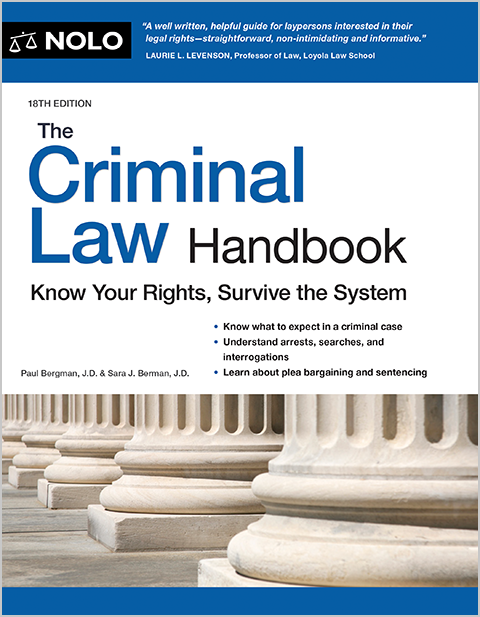A driver whose license is suspended or revoked for a DUI or having too many tickets may be able to get a “hardship” or “restricted” license for driving to and from certain places.
When you're convicted of a serious driving-related offense—like driving under the influence (DUI) or reckless driving—or multiple traffic violations within a short period of time, the court or DMV will likely suspend or revoke your license. That said, depending on your state's laws and the reason you lost your license, you may be able to drive with a "hardship license" (also called a "restricted license" or "limited driving privilege.")
What Is a Hardship or Restricted License?
A hardship license allows a person with a suspended license to drive only to and from specific places—like work or school. The purpose of a hardship license is to allow people to avoid losing their jobs and to meet other important obligations that require driving. So, to get a hardship license in the first place, motorists often have to prove to the court or DMV that they need to drive to:
- maintain employment
- get to school (or get kids to school)
- attend alcohol or drug treatment
- obtain emergency medical care, or
- complete some other important task.
A hardship license doesn't restore all driving privileges—it normally comes with numerous conditions that specify when and where the motorist can drive. Some states even limit drivers to certain routes when driving to and from certain permitted places.
Nearly all hardship licenses will also specify what times the driver is able to drive. For example, a motorist with a hardship license might be limited to driving only during daylight hours.
Who Qualifies for a Restricted or Hardship License?
Each state has different requirements for obtaining a hardship license. Generally, a driver's eligibility for a hardship license depends on why the driver's license was suspended, the motorist's driving record, and the type of license the driver had prior to the suspension. (Commercial drivers generally aren't eligible for hardship licenses.)
It's also common for states to require DUI offenders to complete a "hard suspension"—usually between 30 and 90 days—before obtaining a hardship license. During the hard suspension, the person can't drive at all. Some states also require DUI offenders to take a DUI traffic school before they can apply for a hardship license.
And when a driver's license is suspended for a DUI, the installation of an ignition interlock device (IID) might be a requirement for getting a hardship license.
How Do I Apply for a Restricted or Hardship License?
Procedures for obtaining a restricted license also vary by state. Most states require drivers to submit an application through the DMV. The driver might also need to attend a hearing where a judge or DMV official determines whether to issue a hardship license.
At the hearing, motorists often have to prove to the court or DMV that they need to drive for one of the reasons covered above (like getting to school). The judge or DMV official will consider the motorist's arguments and evidence and will approve or deny the application. The court or DMV also will determine what restrictions the hardship license will contain.
What Happens If I Violate the Terms of My Restricted or Hardship License?
Drivers who are caught violating the conditions of their hardship license will usually have their hardship license revoked. And in most states, there are no second chances—meaning the driver can't reapply for another hardship license after losing it.
In some states, violating the terms of a hardship license is a crime. For instance, in Virginia, a restricted license violation is a class one misdemeanor, punishable by up to one year in jail and up to a $2,500 fine. (Va. Code § 18.2-272 (2023).)
Getting Legal Help
The laws in every state are different. For help navigating your state's laws, get in contact with a local attorney with experience in these kinds of cases. A qualified lawyer can explain whether you're eligible for a hardship license and how to go about applying.
Talk to a Lawyer
Need a lawyer? Start here.
How it Works
- Briefly tell us about your case
- Provide your contact information
- Choose attorneys to contact you
- Briefly tell us about your case
- Provide your contact information
- Choose attorneys to contact you
